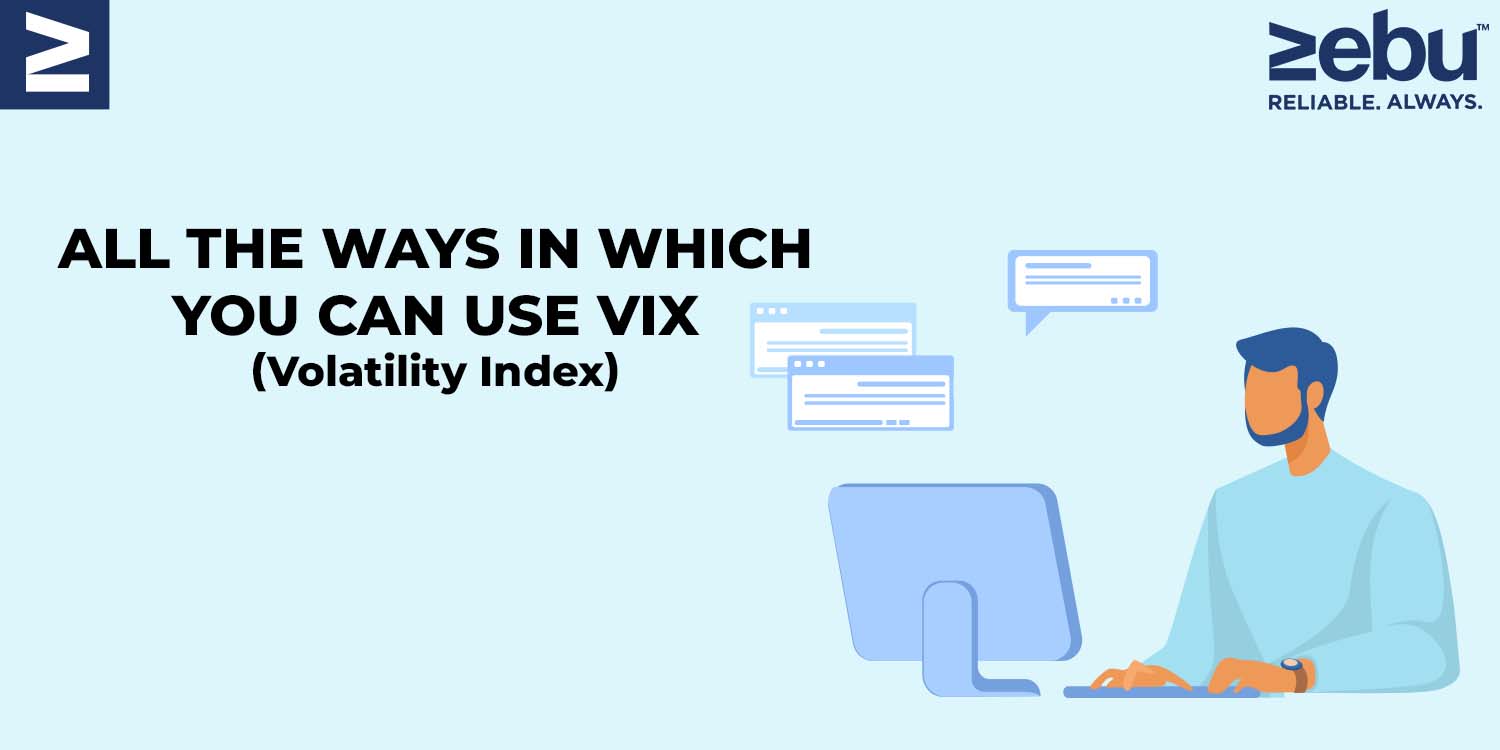
VaR and SPAN margins are related to every position you take in the stock market, especially if you trade in FnOs. But what exactly are they and how can you calculate them?
Here’s everything you need to know.
VaR is a way to measure the risk of a loss. Value-at-risk, or VaR, is a way to measure the downside risk or potential loss of a portfolio or investment over a certain amount of time. It helps analyse and estimate how much the minimum loss can be with a certain amount of confidence. Essentially, it is a number that tells you how risky a portfolio is.
For example, VaR can tell us that an investor can expect to lose at least 2% of the total value of their portfolio on 1 out of every 15 days. So, it helps figure out how much money could be lost, how likely it is to lose that much money, and how long it could take.
Statistical simulations can be used in a number of ways to figure out VaR. The risk management department of a company keeps a close eye on this parameter and tries to make sure that extremely risky trades are not taken.
Margin SPAN
On the equity markets, traders also need to have a certain amount of money set aside as “margin money” to help cover trade losses. But it is hard to guess how much of a margin is needed to cover all the losses if the market shows the worst-case scenario. As a result, the SPAN, which stands for Standardised Portfolio Analysis of Risk, is a standard way for traders to figure out how much margin money they need.
When figuring out margin amounts for every single position, the SPAN system uses complicated algorithms and machine learning techniques. Each margin amount is equal to the most a single account can reasonably lose in a single trading day. It was made by the CME in 1988, and more than 50 exchanges around the world use SPAN as their official way to figure out how much margin they need. This margin is different for each security because each one comes with a different level of risk. For example, the SPAN margin for a single stock will be higher than that for an Index because single stocks are more risky and volatile.
Risk management
Every trader who is successful knows how important it is to manage risk, which is even more important than making money. With the help of VaR and SPAN calculations, a trader can keep a large number of contracts in their portfolio and stay away from serious margin calls.
More brokers and financial institutions are now focusing on better ways to handle risks. Many of them require that, in addition to SPAN margin, which is collected when trades are started, an additional margin called Exposure margin to be collected to protect against liabilities caused by wild swings, rogue trades, or reactions to extreme stress in the market.
